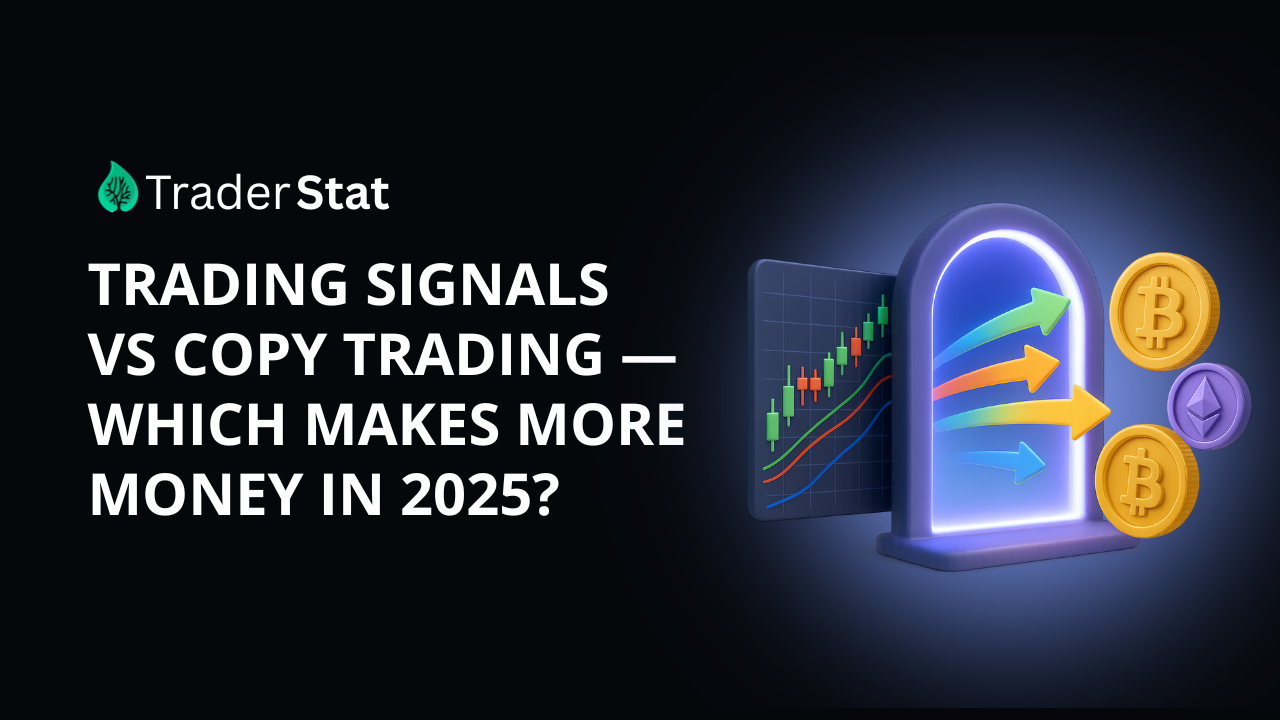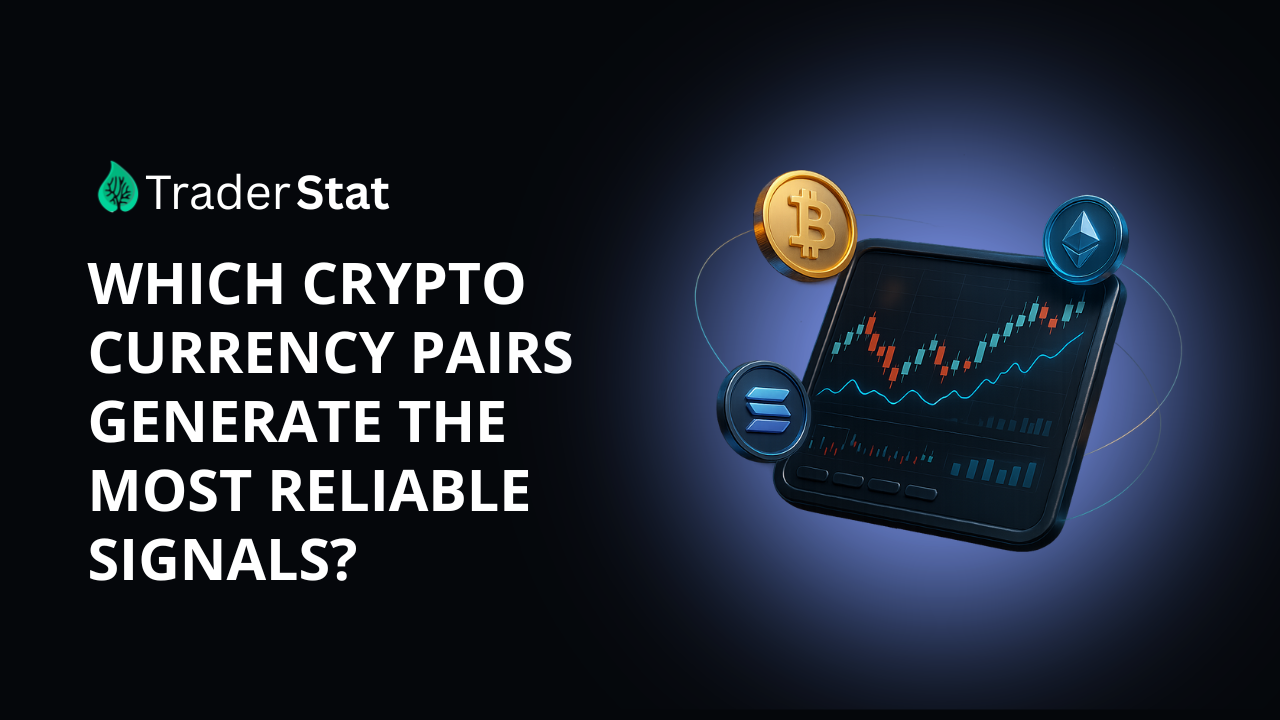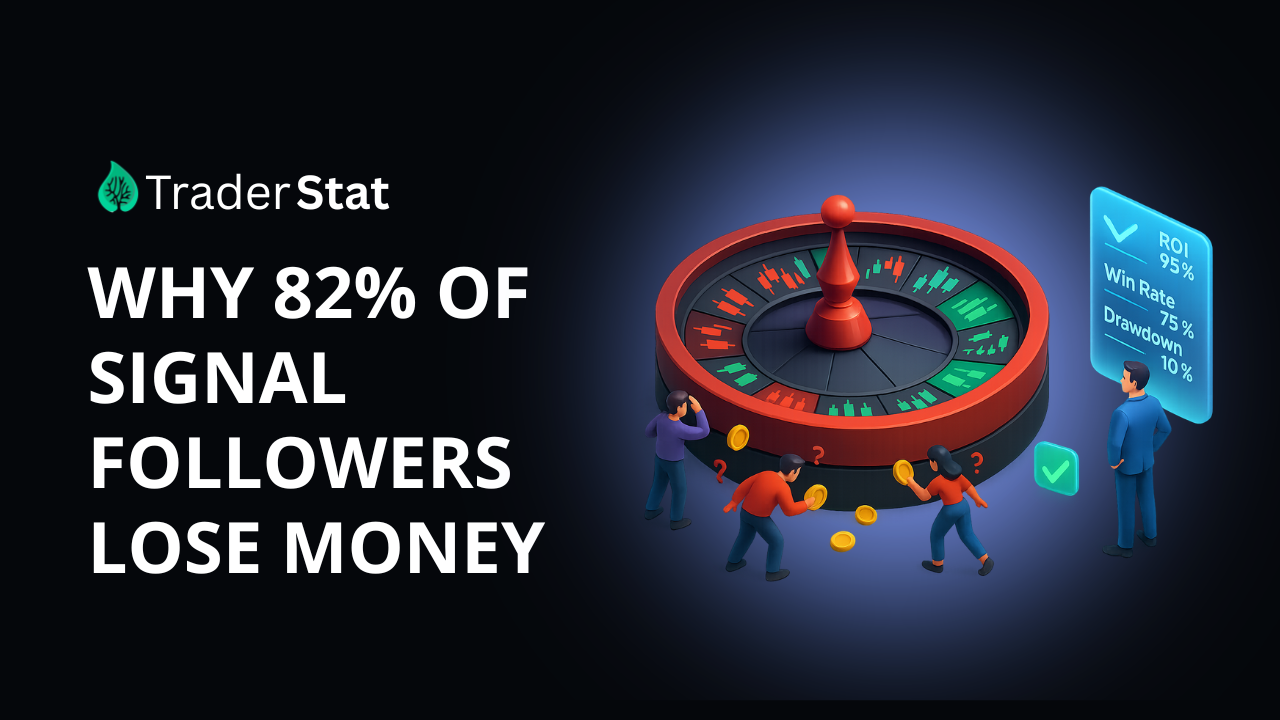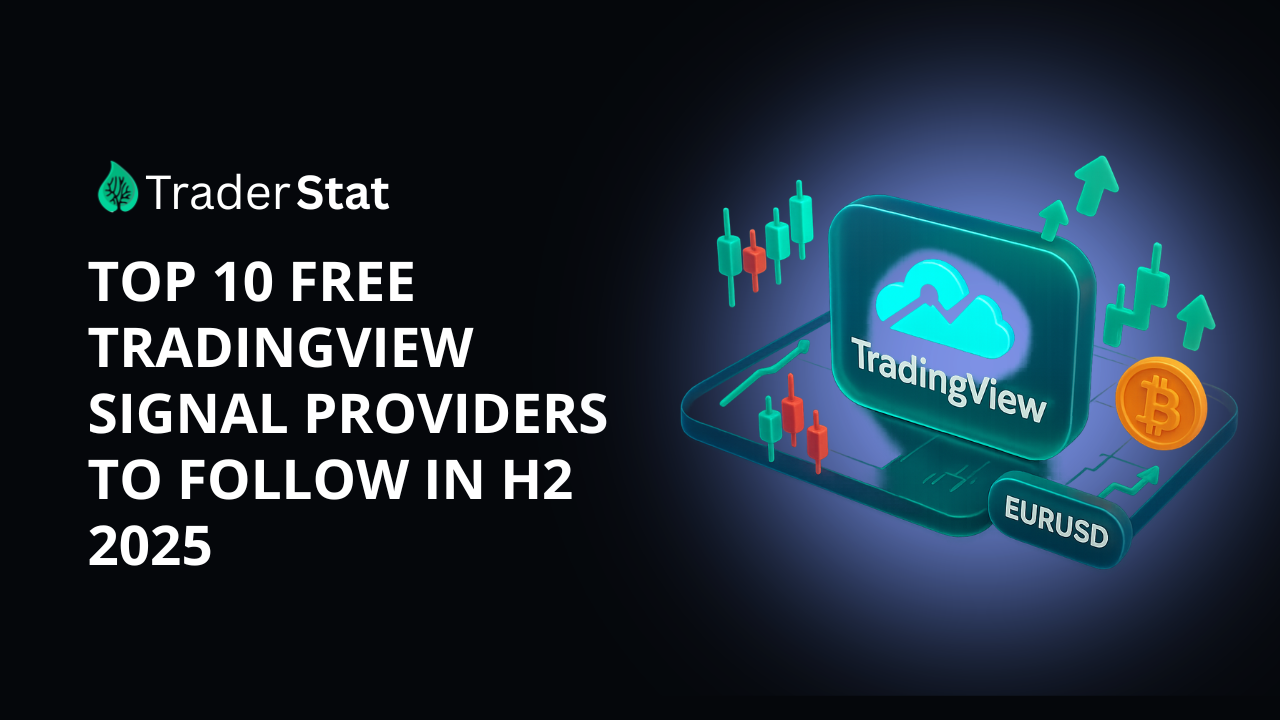
How Much Can You Really Make Following Trading Signals? We Did the Math
Introduction
Trading signals have exploded in popularity across Forex and crypto markets, promising everyday traders the chance to profit like professionals. With Telegram groups boasting “95% accuracy” and Twitter influencers claiming thousands of pips per month, it’s easy to see why signals are marketed as a shortcut to financial freedom.
But do the numbers actually add up? Can following trading signals really replace careful analysis and discipline? To find out, we collected real performance data from popular Forex and crypto signal providers, crunched the numbers, and tested the claims. Here’s what we discovered.

The Promise Behind Trading Signals
At their core, trading signals are supposed to do the hard work for you. Providers advertise benefits like:
-
High accuracy – some claim over 90% win rates.
-
Passive income potential – just copy the trades and watch your balance grow.
-
Time-saving convenience – no need to analyze charts for hours.
There are several types of trading signals:
-
Manual signals – human analysts share setups via chat apps.
-
Automated bots – algorithms scan markets and send alerts.
-
AI-driven signals – machine learning forecasts price moves.
-
Copy trading – automatically mirrors the trades of “pro traders.”
The pitch sounds attractive. But the question remains: how much can you actually make?
The Math Behind Signals
To measure profits from signals, traders usually rely on metrics like:
-
Pips (Forex) – unit of movement in currency pairs.
-
% Returns (Crypto/Equities) – performance measured against account balance.
-
Accuracy/Win rate – the share of trades that closed in profit.
-
Risk/Reward ratio – how much is gained when right vs. lost when wrong.
The key insight: high accuracy alone doesn’t guarantee long-term profits. A trader with 90% accuracy but poor risk management can lose money. Meanwhile, someone with 60% accuracy but strong risk/reward can grow consistently.

Forex Providers: Case Studies
We analyzed three Forex signal providers using verified results.
Provider 1
-
Total Profit: 10,528 pips
-
Accuracy: 74.78%
-
Average per Trade: 10 pips
Provider 2
-
Total Profit: 8,852 pips
-
Accuracy: 65.02%
-
Average per Trade: 12 pips
Provider 3
-
Total Profit: 4,077 pips
-
Accuracy: 73.56%
-
Average per Trade: 8 pips
Comparison Table
| Provider | Total Pips | Accuracy | Avg Pips/Trade | Profitability Signal |
|---|---|---|---|---|
| 1 | 10,528 | 74.78% | 10 | Extremely strong |
| 2 | 8,852 | 65.02% | 12 | Moderate |
| 3 | 4,077 | 73.56% | 8 | Decent consistency |
Key Takeaway:
Provider 1 demonstrates exceptional consistency, but Provider 2 still shows respectable growth despite lower accuracy. This highlights the importance of trade size and risk/reward balance.

Crypto Providers: Case Studies
Crypto signals typically measure success in percentage growth rather than pips.
Provider 1
-
Total Profit: 535%
-
Accuracy: 70.31%
-
Trades per Day: 1.5
Provider 2
-
Total Profit: 342%
-
Accuracy: 71.85%
-
Trades per Day: 2.5
Provider 3
-
Total Profit: 340%
-
Accuracy: 94.64%
-
Average per Trade: 1.5%
Comparison Table
| Provider | Total Profit (%) | Accuracy | Trades/Day | Profitability Signal |
|---|---|---|---|---|
| 1 | 535% | 70.31% | 1.5 | High potential |
| 2 | 342% | 71.85% | 2.5 | Good growth |
| 3 | 340% | 94.64% | 1.5%/trade | Strong consistency |
Key Takeaway:
Crypto signals can produce higher returns in shorter periods, but they carry more volatility. Provider 1 stands out for raw growth, while Provider 3 offers stability with extremely high accuracy.

Factors That Change Results
Even with good signal data, real-life outcomes vary due to several factors:
-
Subscription Costs – monthly fees cut into profits, especially for small accounts.
-
Execution Issues – spreads, slippage, and broker delays reduce gains.
-
Risk Management – over-leverage can wipe out weeks of profits in a single bad trade.
-
Trader Discipline – not every follower executes signals correctly.
In short: signals don’t remove risk; they shift it.
Our Findings
We simulated what would happen with a $1,000 account following these providers.
-
Forex Provider 1: Consistent weekly growth of ~200–300 pips, scaling to $200–$300/month if managed well.
-
Forex Provider 2: More volatile but still profitable, ~$120–$200/month.
-
Crypto Provider 1: Highest growth potential, compounding rapidly if risks are managed.
-
Crypto Provider 3: Lower but steadier returns, strong for risk-averse traders.
Summary Table: $1,000 Account Projection
| Provider | Avg Monthly Profit | Risk Level | Consistency |
|---|---|---|---|
| Forex 1 | $200–$300 | Low | Very High |
| Forex 2 | $120–$200 | Medium | Moderate |
| Forex 3 | $80–$150 | Medium | Steady |
| Crypto 1 | $250–$400+ | High | Variable |
| Crypto 2 | $180–$300 | High | Medium |
| Crypto 3 | $200–$280 | Medium | Very High |
Pros & Cons of Following Signals
Pros
-
Save time on analysis.
-
Accessible for beginners.
-
Can generate real profits.
Cons
-
Subscription costs can offset gains.
-
Dependency on external provider.
-
No guarantee of continued success.
-
Creates false sense of “risk-free” trading.
Best Practices for Traders Using Signals
If you do decide to follow trading signals:
-
Risk 1–2% max per trade.
-
Avoid over-leveraging positions.
-
Combine signals with your own market analysis.
-
Track results independently to verify provider claims.

Conclusion
So, how much can you really make following trading signals?
Our math shows that yes, you can make money — sometimes a lot. The best Forex and crypto providers we studied showed consistent profitability. But results depend heavily on accuracy, consistency, and how well you manage risk.
Signals are not a magic money machine. They can be a powerful tool if used wisely, but traders must remain disciplined, calculate risks carefully, and critically evaluate providers before subscribing.
Before jumping in, check real verified results from independent tracking platforms like TraderStat to ensure the math truly adds up.


